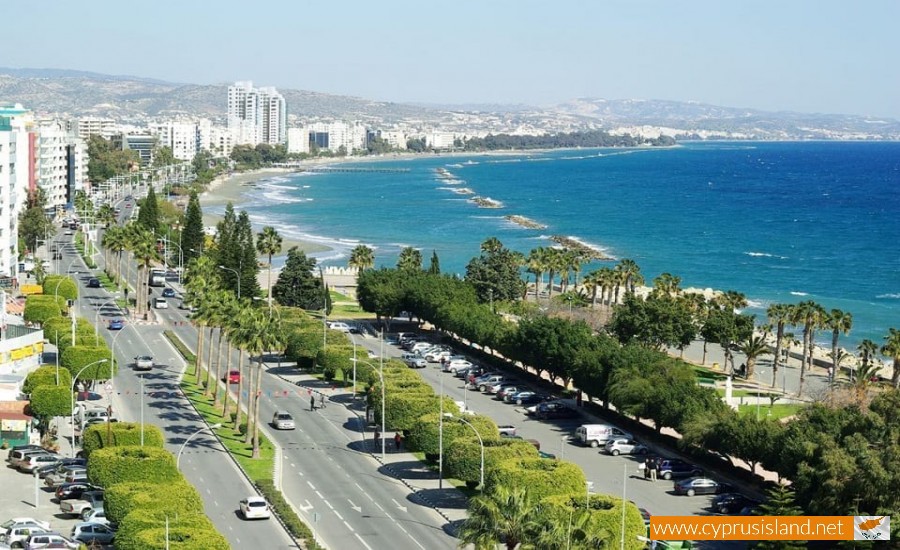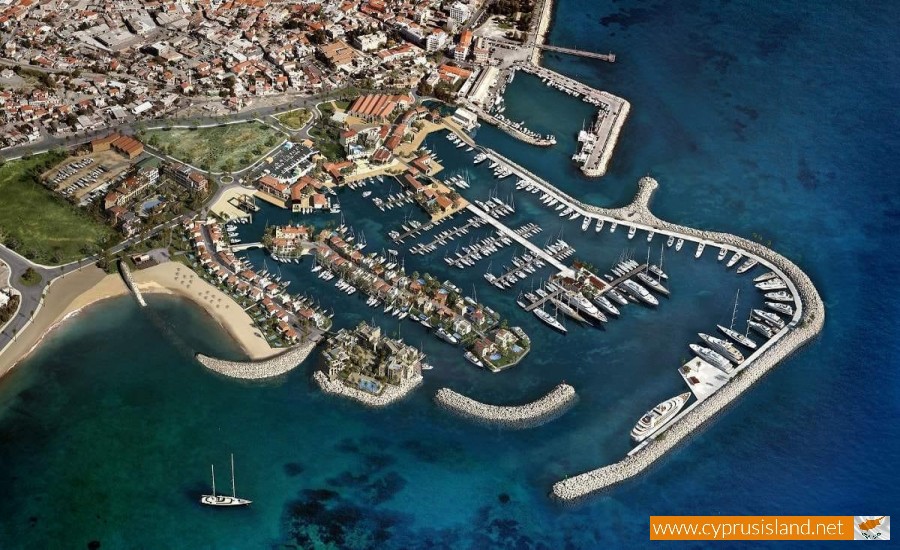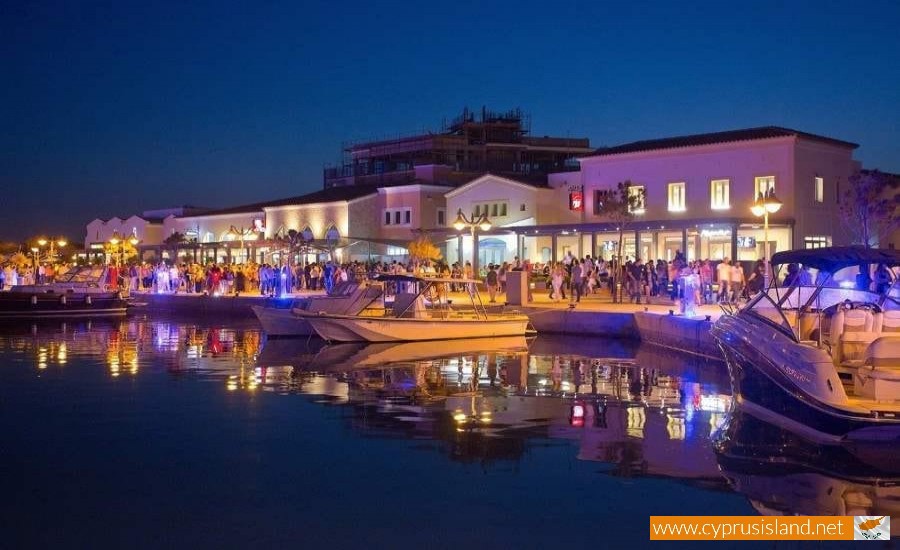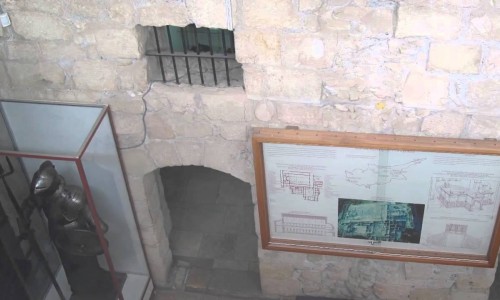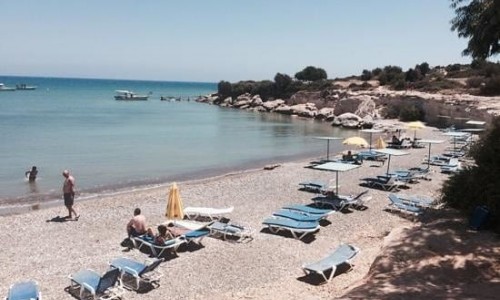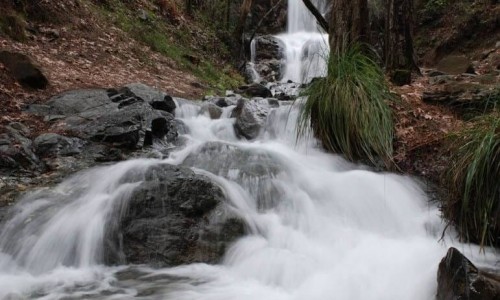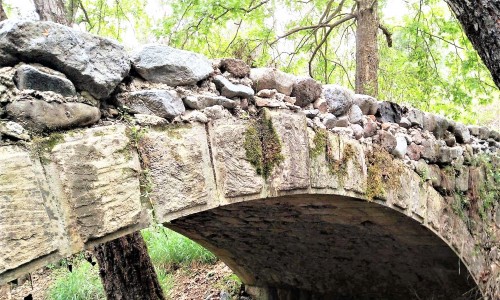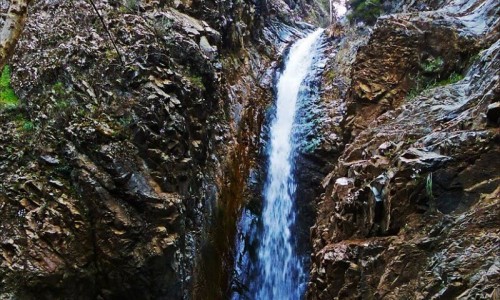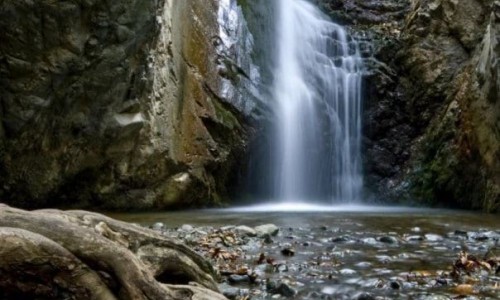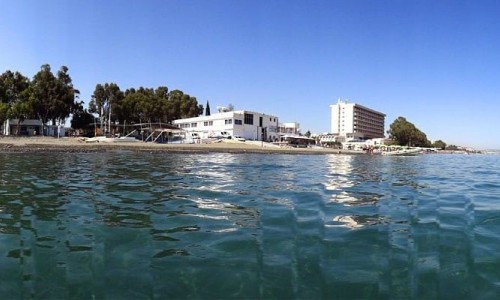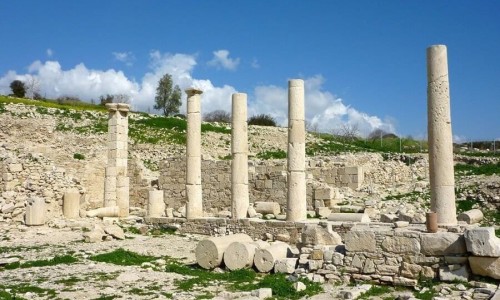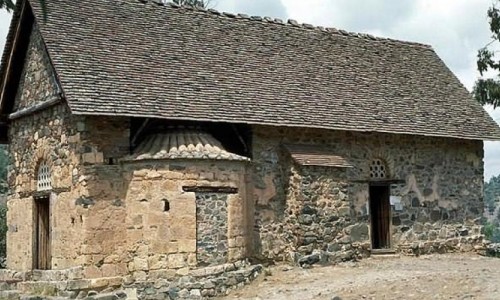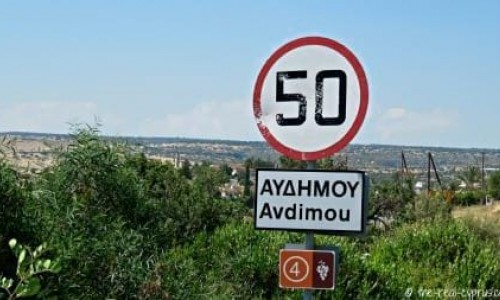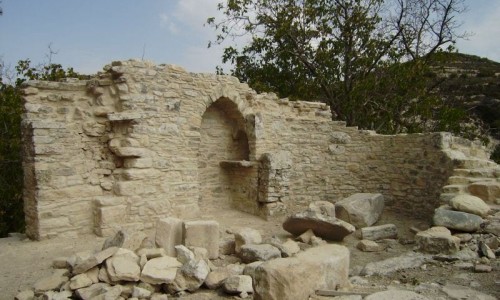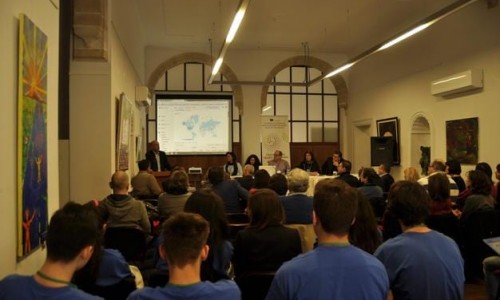Limassol
Limassol or Lemesos as pronounced in Greek is the second largest city in Cyprus and the most southern of Europe. It is also considered as one of the most attractive cities of the island.
Its population is about 100,952 residents within the municipality borders and about 180 thousand in the surrounding rural areas. Limassol is well known for its rich night life as well as the largest port in the Middle East. It has met an increase since 1974 when the other important port in Cyprus Ammochostos was lost during the Turkish occupation.
In addition, Limassol is considered to be a new town, even though there is evidence that it was inhabited during antiquity. It is located at the most southern part of Cyprus, built amphitheatrically over the Acrotiri Bay, between two ancient cities of Amathounda to the east and Curium to the west. The development of the town also has to do with the British Military Bases to the west, so the town is extended to the east with sandy beaches along the beach area.
History
The town of Limassol began to be mentioned in history during the early byzantine era with the name Neapolis. During the byzantine years it was the main base of the Episcope and is mentioned with the names Theodosias and Nea Polis and thrived between the two important cities of Amathounda and Curium. Amathounda existed from the medieval years and is known even today by the name Palea Polis. During the medieval period Limassol hosted the wedding of King Richard the Lionheart and Vereggaria which was later crowned as Queen of England in Limassol as well. Later on during the period of the Crusades, the Knights founded their headquarters west of Limassol, known today as the Medieval Castle of Colossi. This was the beginning of the wine production on the island, in particular Commantaria which is the oldest wine name in the world.
Richard the Lionheart occupied Cyprus in 1191 and had landed in Limassol with this troops. In 1291 the town was given to the Naites and Ioannites Knights by the Frank King Henry the II. Soon the Ioannites took over Rhodes and transferred their base their while the Naites were destroyed by the Pope’s decision. In 1426 the town was taken over by the Sarakineans while it was also hit by other invaders.
Along with the monuments which are saved, is the medieval fort which was built during the 12th or the beginning of the 13th century. Even though tradition mentions that Richard the Lionheart had married Berengaria there, this is wrong as the fort had not been built in 1191 when Richard was still in Cyprus. On the contrary, sources mention that the wedding of the British King occurred at a small church of Agiou Georgiou which does not exist anymore.
Sites
Today Limassol extends outside its municipality borders and its oldest part has been kept as a Historical centre which begins from the roads next to the Old Port and extends to the east side of the beach. The core of this historical centre is the Limassol Castle, and is a well-known point for everyone as it is also the place where Richard the Lionheart had gotten married. Today the castle hosts the Medieval Museum of Cyprus, which has exhibitions from all over the island. The area around the Castle is paved with many restaurants bars as well as exhibition sites, making it a centre of cultural as well as night life of Limassol. To the east of the castle is the Cathedral of Agia Napa which was built during the 19th century.
Limassol has its own Archaeological Museum, an excellent Theatrical Museum and a Museum of Traditional Art. Also there is a public park which has a small zoo and a large amphitheatre. In this park, the celebrations for the Wine festival take place every September. The festival is an attraction for many tourists and locals from all towns. In one of the most beautiful and well known buildings is the Municipality Library which has been turned into a library for the Technological University of Cyprus.
There are also other archaeological areas such as the Medieval Castle of Colossi, Curium, Iero of Apollona Ilati, the ancient city of Amathounda as well as the historical monasteries such as the Monastery of Agiou Georgiou Alamanou. A complex of water habitats is located at the Acrotiri Aliki of Limassol which is protected by the British Bases as a special protection zone.
Economy
Limassol can be considered as the industrial centre of all of Cyprus, with about 350 industrial units which construct furniture, shoes, metal items, electrical devices and plastic. The development of tourism in Limassol took a different route after Ammochostos and Kerynia, the main tourist areas were taken over by the Turks. With a vast amount of beaches and luxury hotels Limassol became an important tourist resort. At the same time, Limassol developed into the most important port in Cyprus after the occupation of the Ammochostos Port in 1974.
Limassol has two ports known as Palio and Neo Limani. The new port of Limassol handles the largest number of passengers and merchandise. It has a depth of 11 metres and a length of 1300 metres, allowing it to accommodate up to 11 ships at the same time. Through these ports, Cyprus exports grapes, wine, carobs and imports cereal, cars, machines, medicine an iron. Today Limassol has become the largest centre of shipping management in Europe with more than 60 shipping company offices in town. Cyprus has the tenth largest shipping group in the world. Projects for the new Marina have been completed and it has been in operation since June 2014. The Marina can accommodate up to one thousand ships.
Limassol is also the capital of the wine production area in Cyprus which is located at the side of the Troodos Mountain and is the main area of important wine producing companies. The wines and cognacs which are produced in these areas, the most well-known being Comandaria are of excellent quality and have won many prizes at international exhibitions.
Cultural Functions
Known for its rich and large cultural tradition, Limassol and the surrounding area is the centre of various function as well as activities which aim to show the culture and the civilization. It should be noted that the ancient Curium Threater is used during the summer months as a cultural centre of Limassol, accommodating theatrical and musical functions. Two of the most famous and oldest festivals of Cyprus are organised in Limassol : the carnival and the wine festival. Limassol also has two large theatres, the Patiichio Theatre and the Rialto Theatre which both accommodate musicals, ballets from Cyprus as well as from abroad.
Education
As the second largest town in population, Limassol has a large number of government as well as private schools. An important fact in the history of education is the Technological University of Cyprus. The TEPAC was built in December 2003 and accepted its first students in 2007-2008. It is a university which is autonomous and is at the same standard of education as the University of Cyprus.
Country | Cyprus |
District | Limassol |
Area | 47.87 km2 (18.48 sq mi) |
Population | 154,000 |
| Website | https://www.limassolmunicipal.com.cy/en/home |


